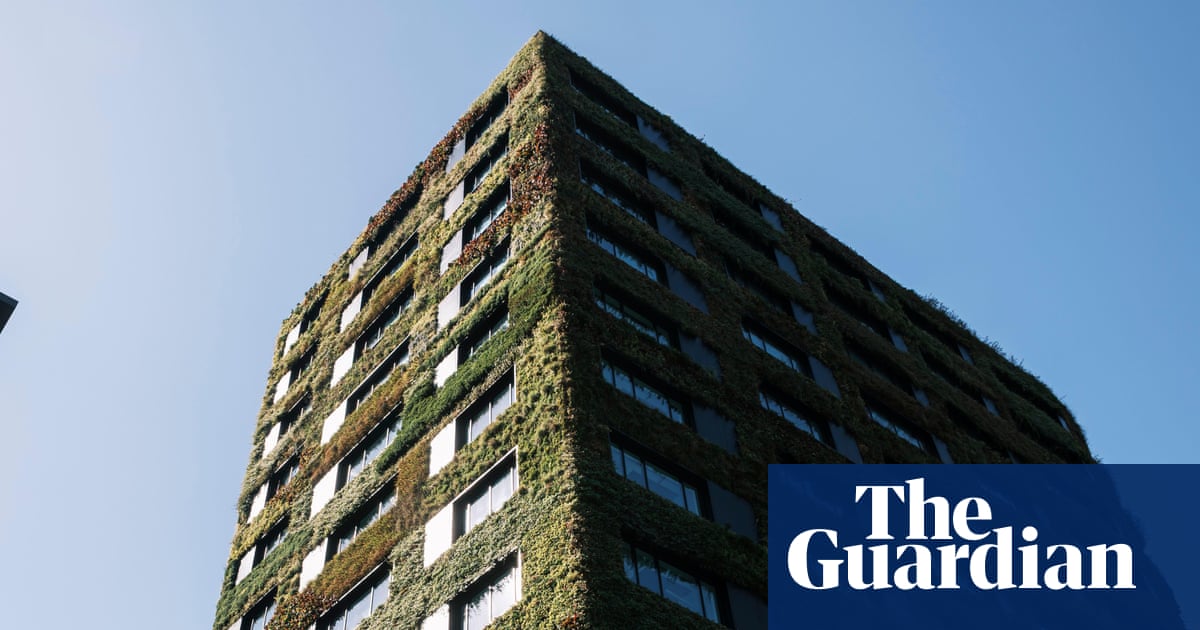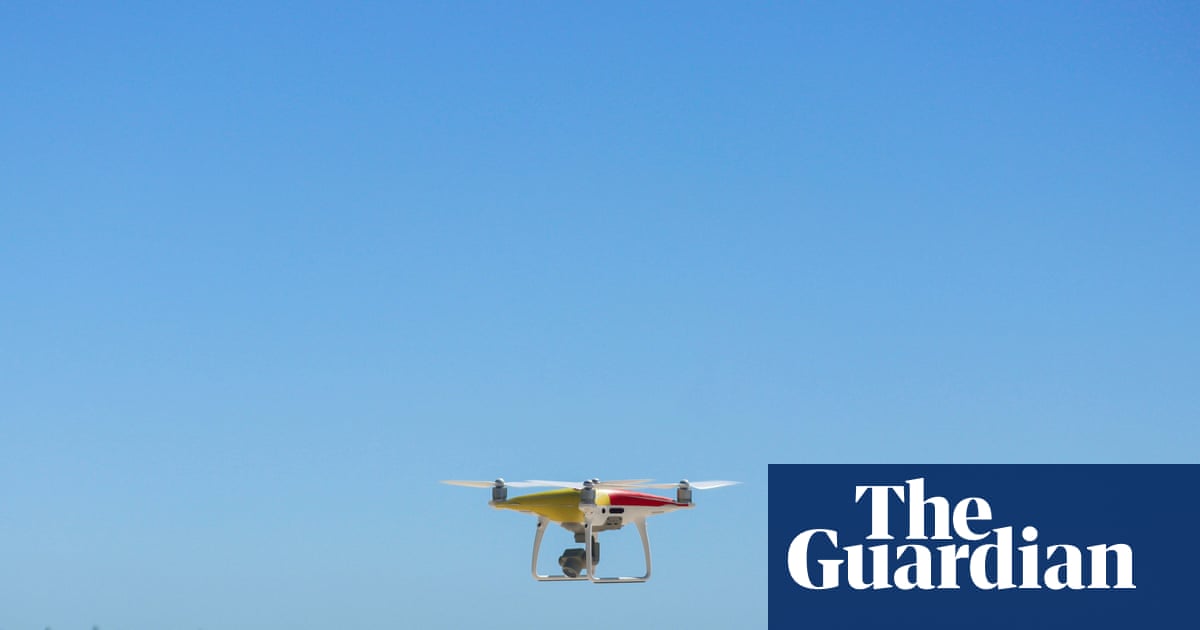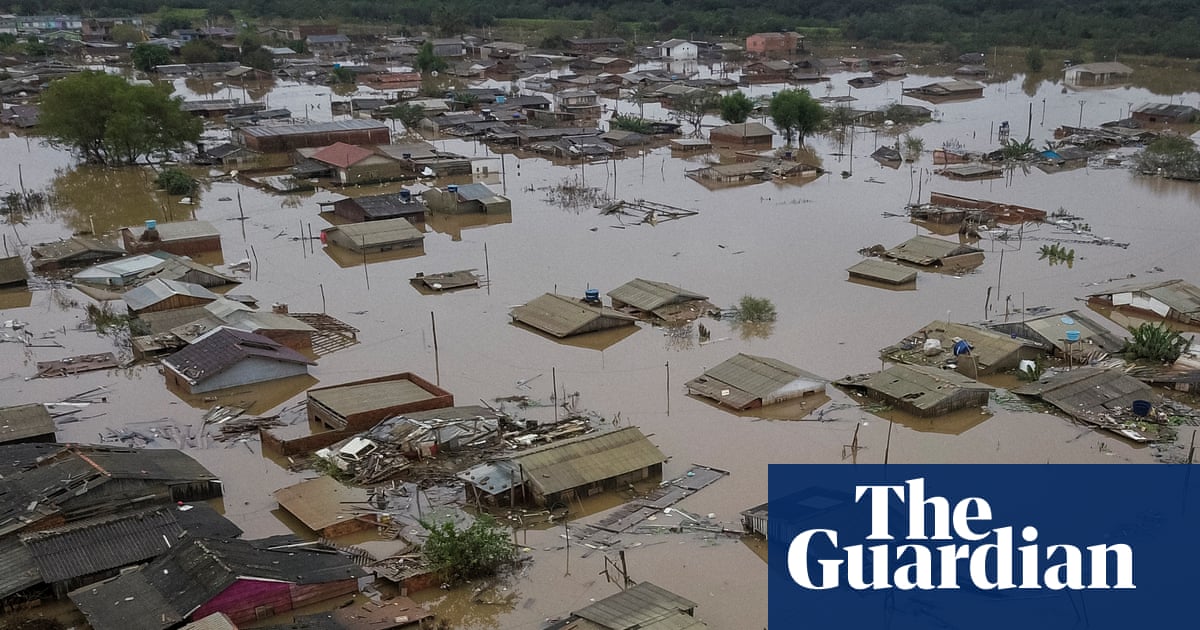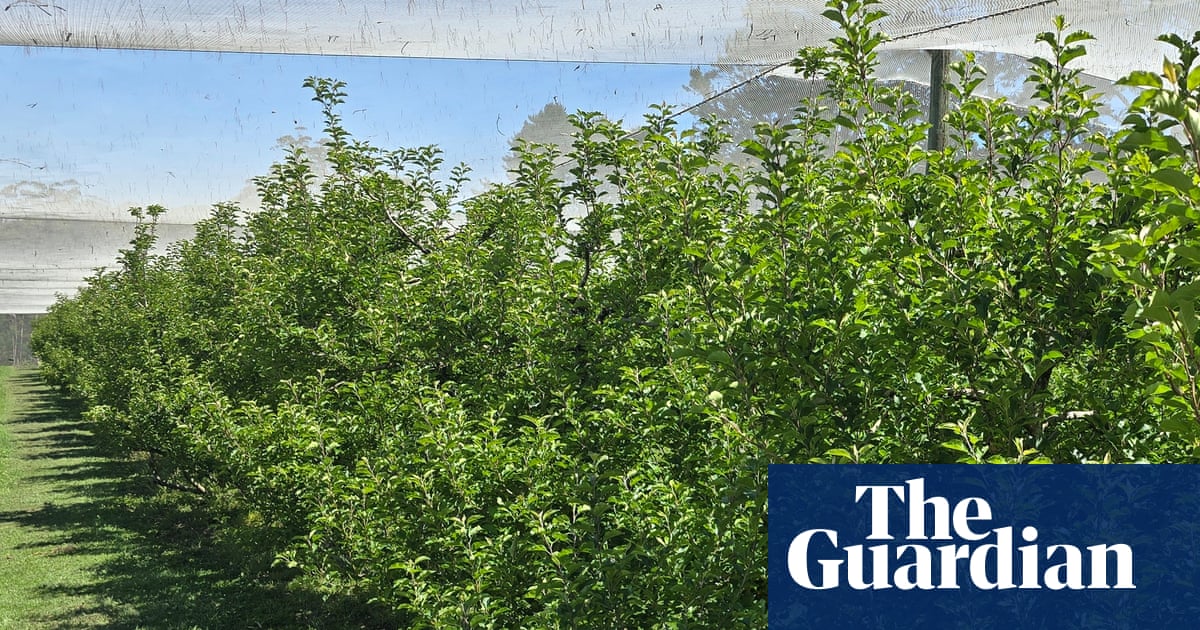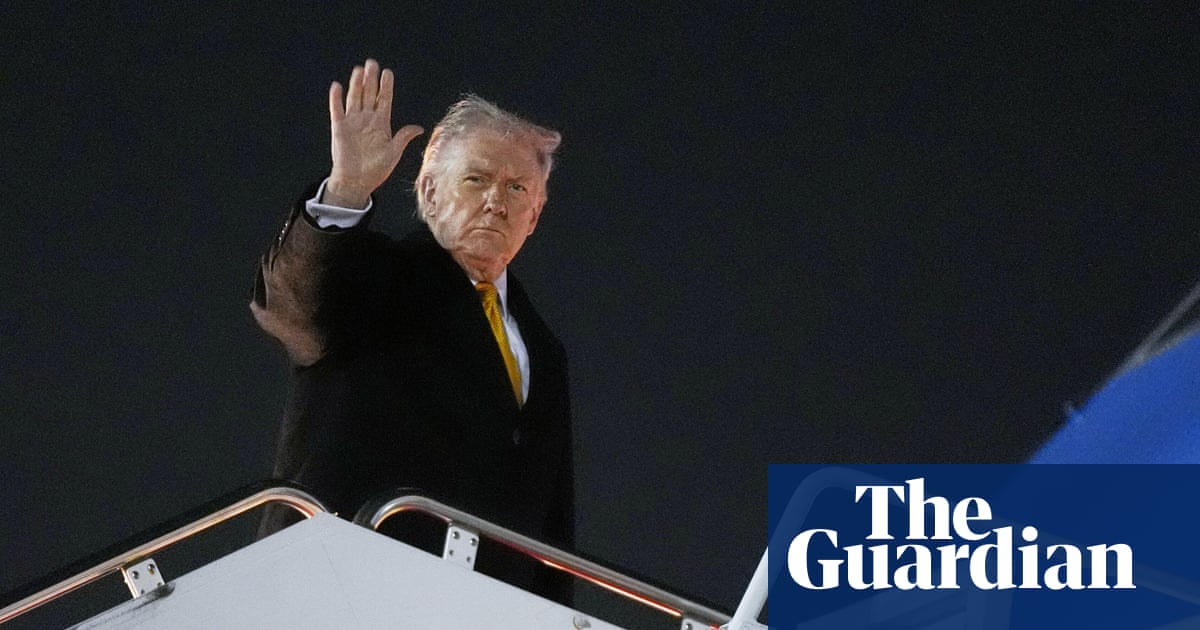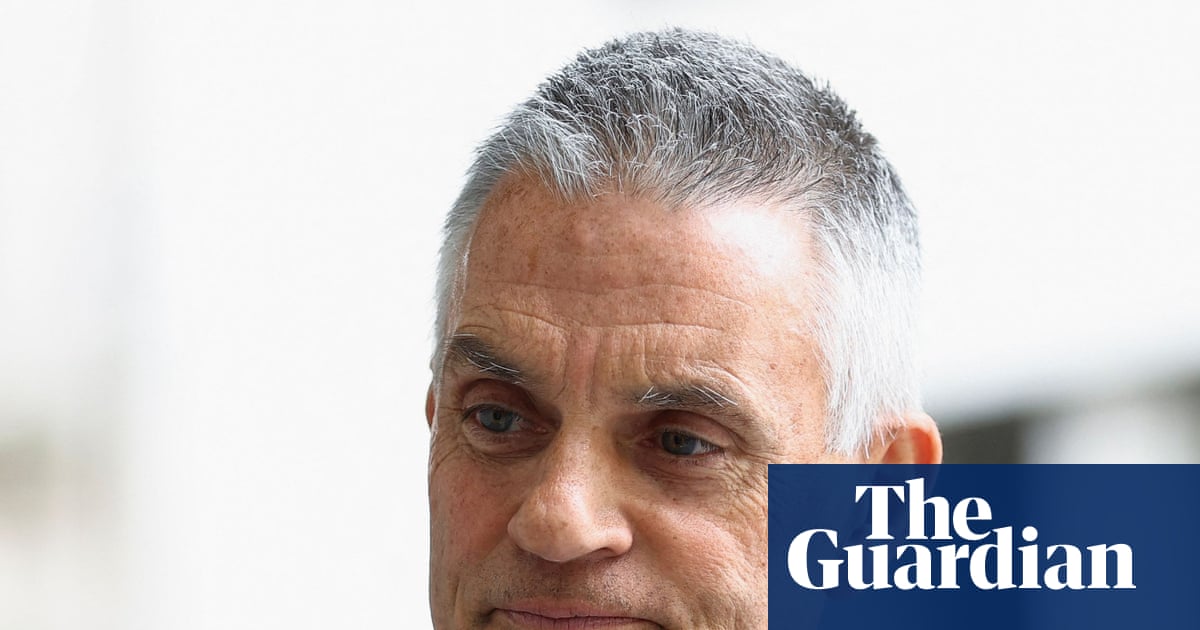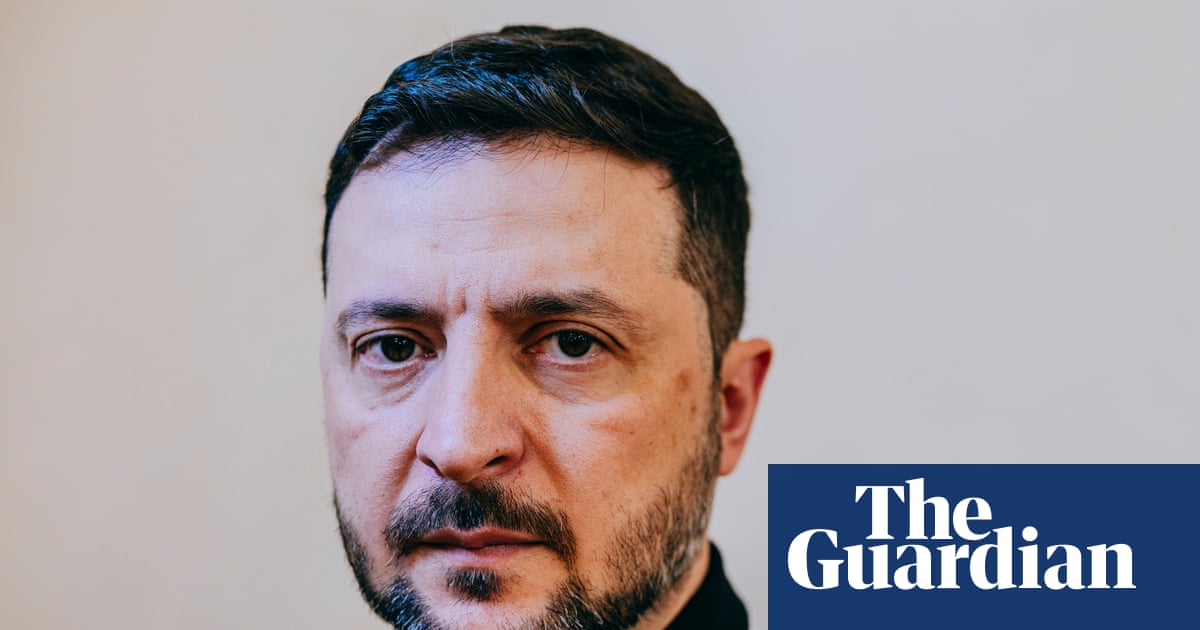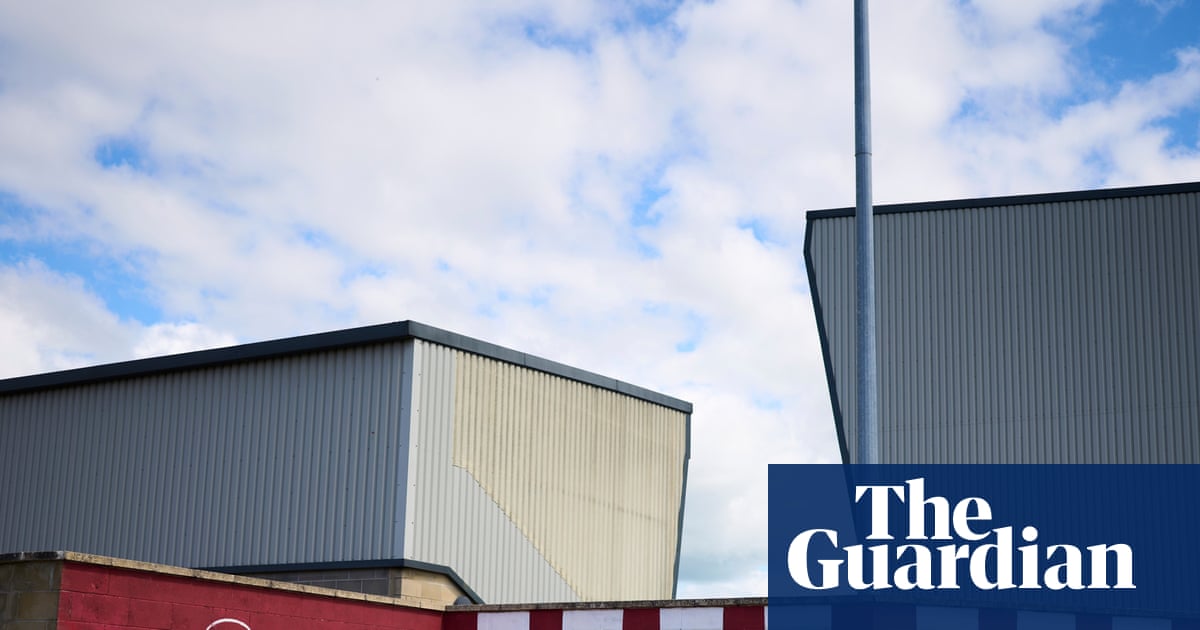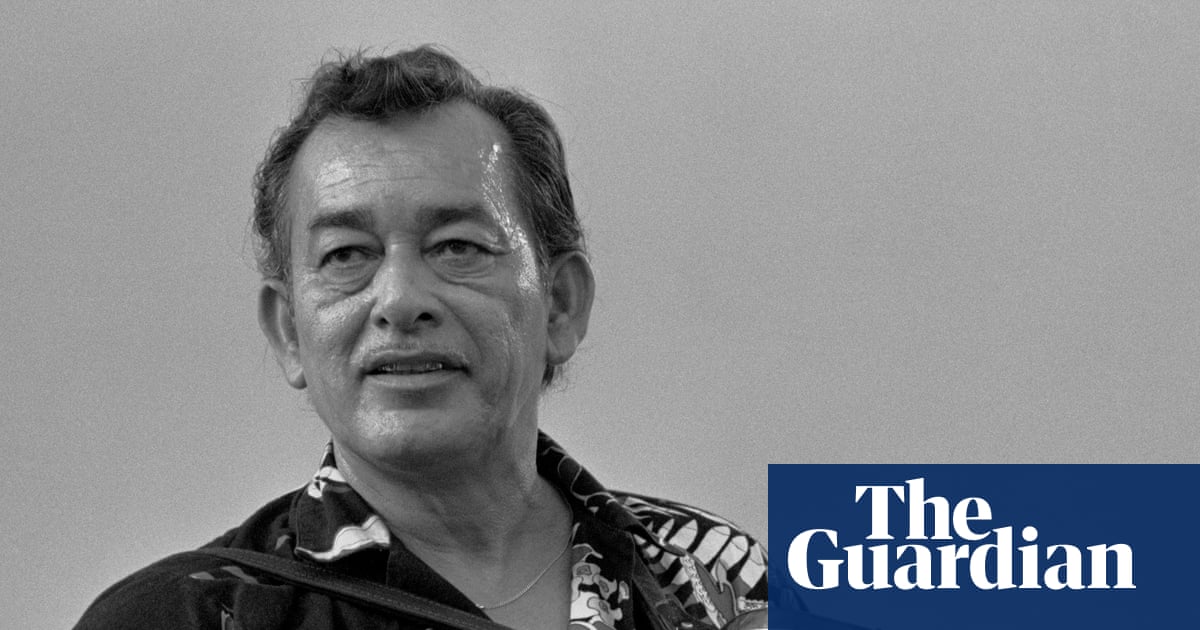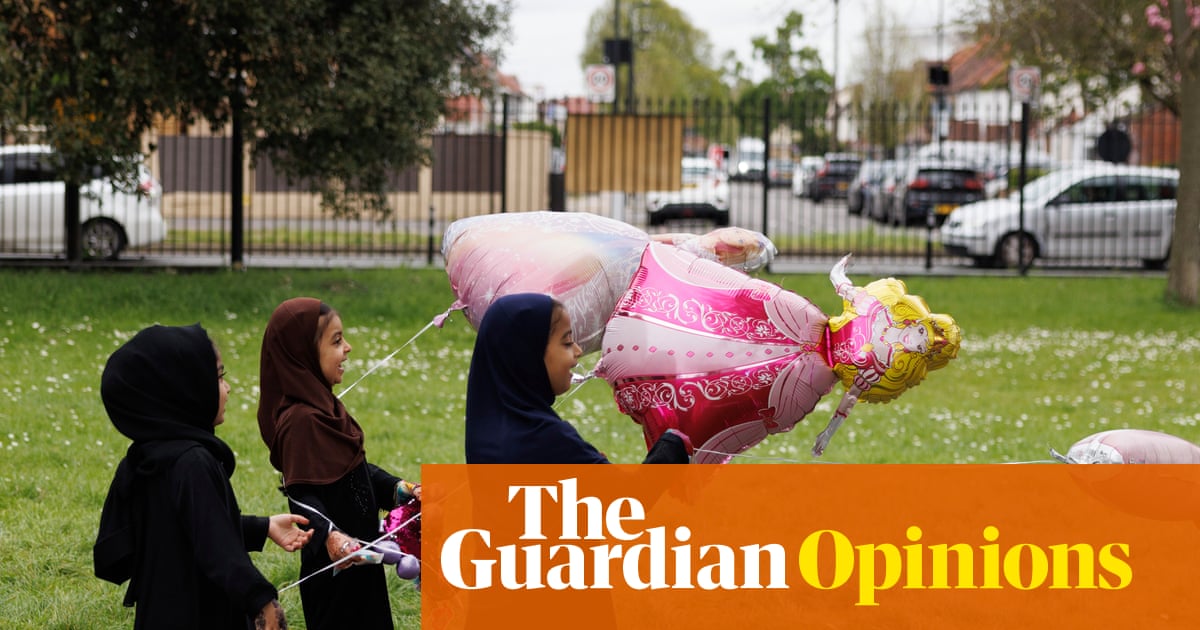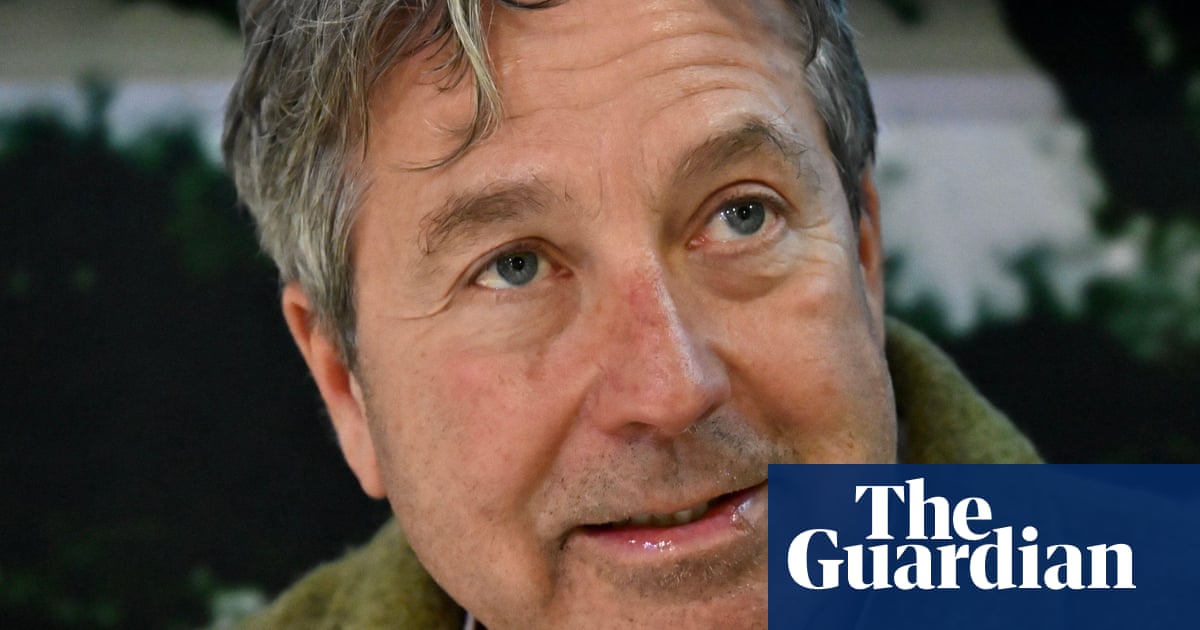Day 1,254 of the invasion; 31 July 2025, Kyiv, 4.30am. The air-raid alarm started again just a moment ago. I wake up from the roar and rumble of rockets. It’s a sound that makes you want to flee in primeval terror.
Time slows down. I roll over on the bed, embrace my girlfriend Dasha, make another half-turn and we drop down softly to the floor. I am not thinking or reflecting, I’m guided by instinct – move away from the windows, position our silhouettes as low as possible. I cover Dasha with my body. All she has time to ask for is: “The doggie? Where’s the dog?” From under the bed, we can hear the rustling of our old chihuahua’s paws.
Five Iskander-K cruise missiles are falling from the sky. One after another. Like gigantic knives, striking between the ribs of the city. A deadly force that cannot be stopped. The sounds of explosions are coming from different parts of the city, enveloping us in total helplessness. There is no hiding from this.
Two hours before the shelling, I laid out my clothes and placed my emergency bag in the hallway. Just in case. It was not a rational decision based, for example, on warnings from analytical groups. But you can feel the shelling coming. It will happen today or tomorrow. Thousands of little Russians, who “have no influence over anything”, and will repeat at the tribunals the convenient narrative that this is “Putin’s war”, have already manufactured new Shahed drones and missiles.
According to Russia’s new tactics, every night it first sends hundreds of the drones to one or several Ukrainian cities, thus exhausting the air defences, destroying civilian infrastructure and terrorising civilians. And then Russian missiles fly right after them and finish off the city that is already bleeding out.
On that day at the end of July, the all-clear siren after the Shahed attack sounded at 3.18am, after four and a half hours of explosions. After the all-clear, Kyiv residents who had been hiding in shelters and the metro stations returned home to sleep off the exhausting night. Having waited for an hour and anticipating maximum losses, the Russians launched a missile attack on the slumbering city.
In the fourth year of the invasion, I don’t know how to write about the shelling of my home town. Photos of destroyed buildings on social media no longer have the power to shock. The subject matter and angles of the photos have become ordinary.
But if our empathy has indeed worn to the nub, why does it still hurt so much? It hurts because it feels as though the number of Russian shellings devalues the grief and loss associated with each attack. Russia’s actions reinforce the idea that this is now the new normality in Ukraine.
I don’t know how to write about these attacks, but I know for sure that things have got worse.
Statistics show that last year, during July 2024, Russia launched just over 400 drones over Ukraine. A year later, in July of this year, it launched more than 6,400 drones and missiles. Looking at the infographic that visualises this comparison and trying to comprehend the absurd figure of an increase of almost 1,380%, I am lost for words.
Now there are so many Russian drones that they are dismantling the smallest components of infrastructure. It feels like if this were a game of Battleship they would have already destroyed the two-deck ships. And, of course, they are deliberately destroying residential high-rise buildings with civilians inside.
We know exactly when the situation got worse: after Donald Trump came to power. For the Trump 2.0 world, an unsubstantiated promise of peace is already equivalent to peace. But the war did not stop for a moment. It got worse. The Ukrainian data journalism website Texty.org.ua analysed Russian missile and Shahed strikes on 12 frontline and neighbouring regions after Trump’s inauguration. Two months before, the Odesa region was struck twice; two months after, there were more than two dozen strikes.
The UN reports that in June 2025, Ukraine recorded the highest number of civilian casualties for three years – 232 people were killed and another 1,343 wounded. Civilians were killed or wounded in Kyiv and at least 16 other regions. In the first half of 2025, the total number of civilians killed and injured was 6,754: 54% more than in the same period of the last year.
And the same thing is happening on the ground, where the infantry is digging in. Where the frontline is. According to the DeepState monitoring group, which analyses changes on the frontline, Russia has taken almost 1,300 sq km of Ukrainian territory in the first five months of this year. In June alone, it secured a hold over 556 sq km of Ukrainian territory. How much is that? Imagine that in six months the Russians captured an area larger than Greater London. Or in June alone they took over the territory equivalent to five Parises.
The Trump administration has brought Russia back to the table, initiating talks with a terrorist country. But in Russia’s eyes, the west in general and Trump in particular constantly demonstrate weakness. The Kremlin understands only strength, and if its political opponents are unable to implement any of their threats, Russia will expand its political, economic and informational foothold. And its strategic communications – missiles and Shaheds – will speak for themselves.
On that single day in July, Russia launched 309 Shahed drones and eight cruise missiles. Of these, 288 Shahed drones and three Iskander-K missiles were shot down.
I don’t know how to describe this barrage of explosions: 21 Shahed strikes in 12 locations, debris from the downed missiles in 19 locations.
I don’t know how to describe the tachycardia that begins with the first explosion and has the heart drowning in this frantic rhythm for hours. There were 159 wounded, including 16 children.
I don’t know how to find the words to describe what we seem to have seen hundreds of times, but every time it hurts like never before. Thirty-one killed: five children, the youngest just two.
My friend posts a black-and-white photo of 42-year-old IT specialist Vitaly, who was killed alongside his 18-year-old daughter Vlada and dog Spike. Iryna, a mother, and her two daughters, ninth-grader Anastasia and sixth-grader Alina, were killed. Preschool teacher Natalia died along with her two sons, aged 17 and 22, and her brother. Six-year-old Matviy, who had been doing karate for a year and a half, was also killed.
Our lives have long since turned into an endless news feed of these losses. Our memory is trying to record the names and facts, but our consciousness is a black lump of pain. This is just a part of what Russia is striving for, that “No one should be left alive in Ukraine.”
The 31 July shelling was preceded by a week of torrential rain – loud thunderstorms and bright lightning, the likes of which I had never seen before, and with every flash in the skies I felt my body twist in preparation for the strike. And then I realised that this is the state of war in which our bodies and consciousness function. They are trying to adapt, to survive and to prepare for the next strike. To survive it all, but at what shattered cost?
-
Oleksandr Mykhed is the author of The Language of War and a member of PEN Ukraine. Translated by Maryna Gibson

 2 months ago
93
2 months ago
93

